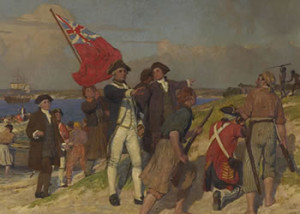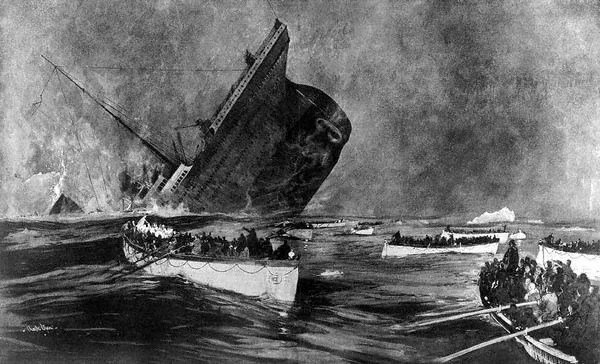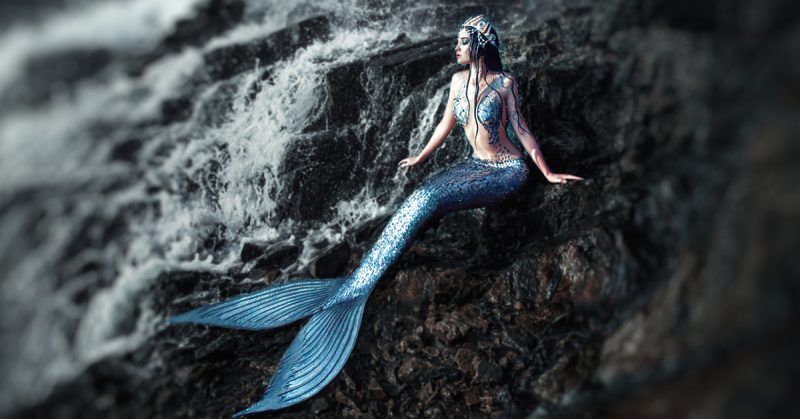On April 29, 1770, the British HM Bark Endeavor became the first European vessel to reach the east coast of Australia after it landed at Botany Bay near modern day Sydney. At the helm was James Cook, a taciturn mariner who would go on to circumnavigate the globe twice and explore everything from the Bering Strait and the islands of the South Pacific to the treacherous ice floes surrounding Antarctica. Cook’s three voyages of discovery helped fill in many of the blank spots on Europeans’ world maps, but his mistreatment of natives in Hawaii eventually led to an untimely death. Two hundred forty-five years after he landed in Australia, learn 10 surprising facts about the explorer who vowed to sail “as far as I think it possible for man to go.”
1. Cook joined the Royal Navy relatively late in life.
Cook worked on a Yorkshire farm in his youth before winning an apprenticeship with a merchant sailing company at age 17. He cut his teeth as a mariner on shipping voyages in the choppy waters of North and Baltic Seas, and spent the next decade rising through the ranks and mastering the art of navigation. He was being groomed to become a captain, but in 1755, he shocked his superiors by quitting his merchant sailing career and enlisting in the British Royal Navy as a common seaman. Cook was 26—far older than most new recruits—yet it didn’t take long for the Navy to recognize his talent. He was promoted to ship’s master in only two years, and later became one of the first men in British naval history to rise through the enlisted ranks and take command of his own vessel.
2. He was an expert mapmaker.
Cook first rose to prominence as a cartographer during the Seven Years’ War, when his detailed charts of the Saint Lawrence River helped the British pull off a surprise attack against French-held Quebec. In the early 1760s, he was given a ship and tasked with charting the island of Newfoundland off the coast of Canada. The map he produced was so accurate that it was still in use in the 20th century. Cook’s skill at charting the seas would later become a crucial tool in his explorer’s arsenal. He won command of his first round-the-world voyage in part because he could be trusted to navigate in uncharted territory and bring home precise maps of the lands he discovered.
3. Cook’s first voyage included a secret mission from the British government.
Cook’s career as an explorer began in August 1768, when he left England on HM Bark Endeavour with nearly 100 crewmen in tow. Their journey was ostensibly a scientific expedition—they were charged with sailing to Tahiti to observe the transit of Venus across the face of the sun—but it also had a hidden military agenda. Cook carried sealed orders instructing him to seek out the “Great Southern Continent,” an undiscovered landmass that was believed to lurk somewhere near the bottom of the globe. The explorer followed orders and sailed south to the 40th parallel, but found no evidence of the fabled continent. He then turned west and circled New Zealand, proving it was a pair of islands and not connected to a larger landmass. Cook would later resume his search for the Southern Continent during his second circumnavigation of the globe in the early 1770s, and came tantalizingly close to sighting Antarctica before pack ice forced him to turn back.
www.kirkscubagear.com







Leave A Comment